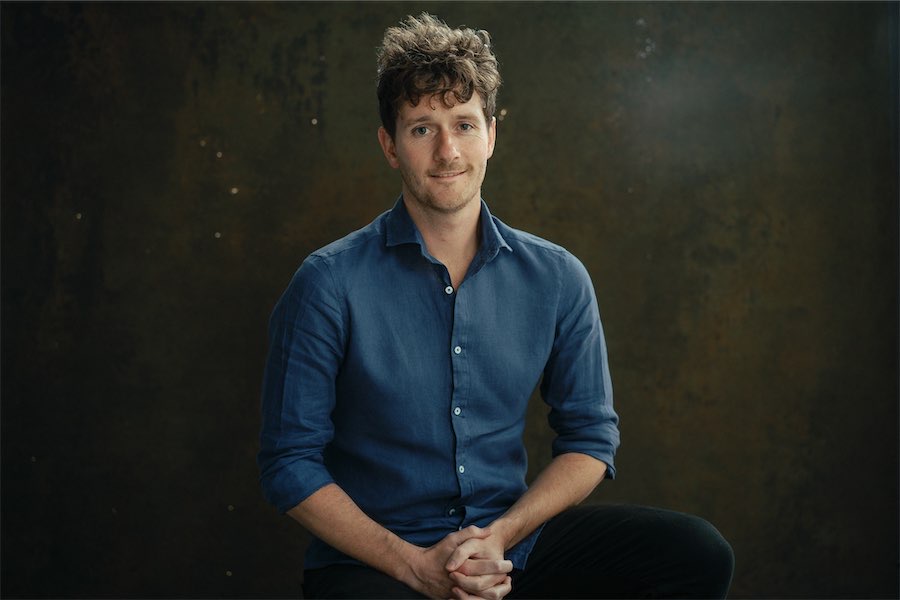
A TERRIBLE beauty is revealed in one of the most extraordinary exhibitions ever to have gone on show at the ANU Drill Hall Gallery – and it’s there until August 15.
In “I Weave What I Have Seen: The War Rugs of Afghanistan” – the title of which is taken from a remark by Hazara rug-maker Safer Ali – curators Tim Bonyhady and Nigel Lendon have assembled and hung what they called “a testimony to the creativity and resilience of Afghan weavers who have faced the devastating effects of war for more than 40 years”.
But while the 20th century stands apart as one of the grimmest eras for the landlocked country, there’s much more than 40 years of plunder if you look at the history of a country that has been traversed and invaded countless times because of its geographical position.
Bonyhady’s new book “Two Afternoons In The Kabul Stadium: A History Of Afghanistan Through Clothes, Carpets And The Camera”, is due for release on August 3 and suggests a new way of seeing Afghanistan through textiles.
His previous book, “The Enchantment Of The Long-Haired Rat”, is on the shortlist for ACT Book Of The Year.
Lendon, former deputy head of the ANU School of Art, has become Australia’s leading collector of Afghan war rugs.
It’s a must-see show, full of surprises, for although several of the rugs are explicit and bold in the depiction of Kalashnikovs, helicopters and tanks, others feature delicate geometrical representations of the hardware of war so subtly woven in silk and wool that they suggest the Kufic script of Arabic calligraphy.
 Other rugs on show are more pictorial in the Persian tradition, with a charming and mystical depiction of the famous lovers of Islamic tradition, Layla and Majnun, and even a poster-like activist rug, but if you look closely, you’ll find the tools of combat.
Other rugs on show are more pictorial in the Persian tradition, with a charming and mystical depiction of the famous lovers of Islamic tradition, Layla and Majnun, and even a poster-like activist rug, but if you look closely, you’ll find the tools of combat.
Bonyhady says Afghan weavers had long been free to depict those people and animals, so long as they steered clear of religious subjects.
Canberra rug dealer and expert, Sabur Fahiz, has written of the individuality of the mostly-anonymous weavers, saying that they “appear to have begun primarily as a form of self-expression”.
He first saw a war rug while in Peshawar, Pakistan, on the north west frontier during a rug-buying trip and was astonished to recognise planes and grenades in what otherwise seemed to him “remarkable pieces of art… beautiful to gaze upon”.
On a walk-through the exhibition, Sabur told me he was born into rugs and the son of a Kabul textile engineer who designed patterns for the mass production of rugs.
As a boy, he had not been much aware of the burgeoning socialist movement in and infiltration of his homeland from other countries, but while travelling the world like any other young person, he was stopped in his tracks in 1978 when his mother messaged to say the Russians were pouring in and “don’t come back”.
He has been back several times and travelled as far as Tehran in search of rugs, aided by his multilingual talents, so is aware of the variety in themes and the vast difference between war rugs and the Persian tradition of walking on flowers.
 Sadly, the rugs pay tribute to the weavers but the reality is harsh — western intervention has been of no use, and soldiers have lost their lives fruitlessly.
Sadly, the rugs pay tribute to the weavers but the reality is harsh — western intervention has been of no use, and soldiers have lost their lives fruitlessly.
It was while he had a shop at the Fyshwick Markets that Bonyhady walked in and spotted a Twin Towers rug – now pretty well priceless.
Meantime, Lendon had encountered the rugs through a friend in Adelaide and began collecting seriously from 2002 when Bonyhady showed him his war rug.
He went on to hold his first exhibition, The Rugs Of War, at the ANU School of Art in 2003 and then at Adelaide’s Nexus gallery in 2004 during the Adelaide Festival.
Bonyhady is fascinated by the weavers’ distinctive response to conflict, and describes how, from the 1960s they begin weaving new subjects reflecting what was going on, even weaving rugs made portraying Afghanistan’s leaders.
Some of the rugs were crude, some refined, but either way by the late 1980s art critics were using the term “war rugs”.
The attacks of 9/11, he says, prompted new designs and from the start of 2015 there were even “drone rugs” – you can’t get much more contemporary than that.
Lendon, whose own collection forms the basis of this exhibition, has noticed a shift as rugs move from the floors to the walls of galleries and this show is notable for its range, featuring maps, often turned on their side with the top representing the border region with Iran.
Collectively, both curators are drawn to the topical relevance and the mixture of the modern and the traditional. They’re betting the viewing public will feel the same way.
“I Weave What I Have Seen: The War Rugs of Afghanistan”, ANU Drill Hall Gallery until August 15.
Who can be trusted?
In a world of spin and confusion, there’s never been a more important time to support independent journalism in Canberra.
If you trust our work online and want to enforce the power of independent voices, I invite you to make a small contribution.
Every dollar of support is invested back into our journalism to help keep citynews.com.au strong and free.
Thank you,
Ian Meikle, editor




Leave a Reply